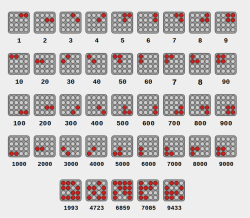Over the course of evolution microorganisms have evolved pathways to break down many materials. The challenge with the many materials that we humans have created over just the past decades is that we cannot wait for evolution to catch up, ergo we have to develop such pathways ourselves. One such example is demonstrated by [Nick W. Johnson] et al. with a recent study in Nature Chemistry that explicitly targets PET plastic, which is very commonly used in plastic bottles.
The researchers modified regular E. coli bacteria to use PET plastic as an input via Lossen rearrangement, which converts hydroxamate esters to isocyanates, with at the end of the pathway para-aminobenzoate (PABA) resulting, which using biosynthesis created paracetamol, the active ingredient in Tylenol. This new pathway is also completely harmless to the bacterium, which is always a potential pitfall with this kind of biological pathway engineering.
In addition to this offering a potential way to convert PET bottles into paracetamol, the researchers note that their findings could be very beneficial to studies targeting other ‘waste’ products from biological pathways.
Thanks to [DjBiohazard] for the tip.



















